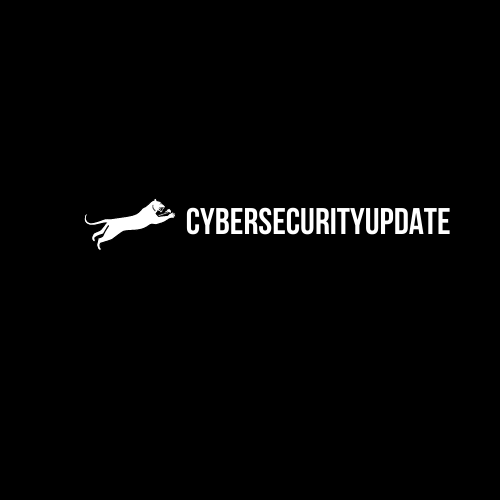Read Time:3 Minute, 26 Second
An Estonian man was sentenced today to more than five years in a U.S. prison for his role in at least 13 ransomware attacks that caused losses of approximately $53 million. Prosecutors say the accused also enjoyed a lengthy career of “cashing out” access to hacked bank accounts worldwide.
Maksim Berezan, 37, is an Estonian national who was arrested nearly two years ago in Latvia. U.S. authorities alleged Berezan was a longtime member of DirectConnection, a closely-guarded Russian cybercriminal forum that existed until 2015. Berezan’s indictment (PDF) says he used his status at DirectConnection to secure cashout jobs from other vetted crooks on the exclusive crime forum.
Berezan specialized in cashouts and “drops.” Cashouts refer to using stolen payment card data to make fraudulent purchases or to withdraw money from bank accounts without authorization. A drop is a location or individual able to securely receive and forward funds or goods obtained through cashouts or other types of fraud. Drops typically are used to make it harder for law enforcement to trace fraudulent transactions and to circumvent fraud detection measures used by banks and credit card companies.
Acting on information from U.S. authorities, in November 2020 Latvian police searched Berezan’s residence there and found a red Porsche Carrera 911, a black Porsche Cayenne, a Ducati motorcycle, and an assortment of jewelry. They also seized $200,000 in currency, and $1.7 million in bitcoin.
After Berezan was extradited to the United States in December 2020, investigators searching his electronic devices said they found “significant evidence of his involvement in ransomware activity.”
“The post-extradition investigation determined that Berezan had participated in at least 13 ransomware attacks, 7 of which were against U.S. victims, and that approximately $11 million in ransom payments flowed into cryptocurrency wallets that he controlled,” reads a statement from the U.S. Department of Justice.
Berezan pleaded guilty in April 2021 to conspiracy to commit wire fraud.
The DirectConnection cybercrime forum, circa 2011.
For many years on DirectConnection and other crime forums, Berezan went by the hacker alias “Albanec.” Investigators close to the case told KrebsOnSecurity that Albanec was involved in multiple so-called “unlimited” cashouts, a highly choreographed, global fraud scheme in which crooks hack a bank or payment card processor and used cloned payment cards at cash machines around the world to fraudulently withdraw millions of dollars in just a few hours.
Berezan joins a growing list of top cybercriminals from DirectConnection who’ve been arrested and convicted of cybercrimes since the forum disappeared years ago. One of Albanec’s business partners on the forum was Sergey “Flycracker” Vovnenko, a Ukrainian man who once ran his own cybercrime forum and who in 2013 executed a plot to have heroin delivered to our home in a bid to get Yours Truly arrested for drug possession. Vovnenko was later arrested, extradited to the United States, pleaded guilty and spent more than three years in prison on botnet-related charges (Vovnenko is now back in Ukraine, trying to fight the Russian invasion with his hacking abilities).
Perhaps the most famous DirectConnection member was its administrator Aleksei Burkov, a Russian hacker thought to be so connected to the Russian cybercriminal scene that he was described as an “asset of extreme importance to Moscow.” Burkov was arrested in Israel in 2015, and the Kremlin arrested an Israeli woman on trumped-up drug charges to force a prisoner swap.
That effort failed. Burkov was extradited to the U.S. in 2019, soon pleaded guilty, and was sentenced to nine years. However, he was recently deported back to Russia prior to serving his full sentence, which has prompted Republican leaders in the House to question why.
Other notable cybercrooks from DirectConnection who’ve been arrested, extradited to the U.S. and sentenced to prison include convicted credit card fraudsters Vladislav “Badb” Horohorin and Sergey “zo0mer” Kozerev, as well as the infamous spammer and botnet master Peter “Severa” Levashov.
At his sentencing today, Berezan was sentenced to 66 months in prison and ordered to pay $36 million in restitution to his victims.
